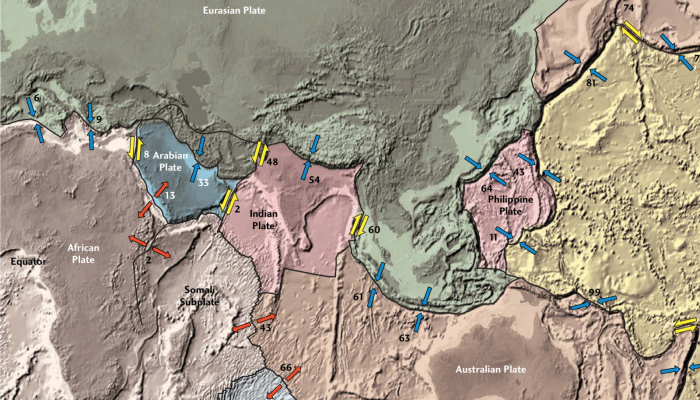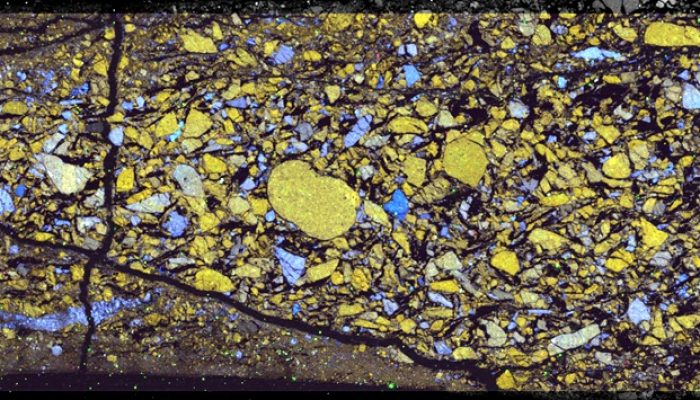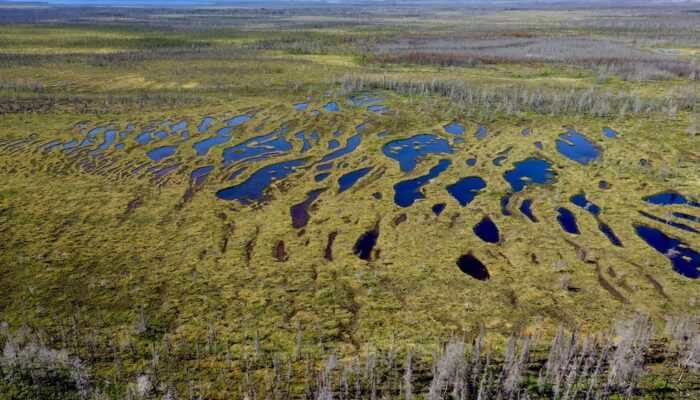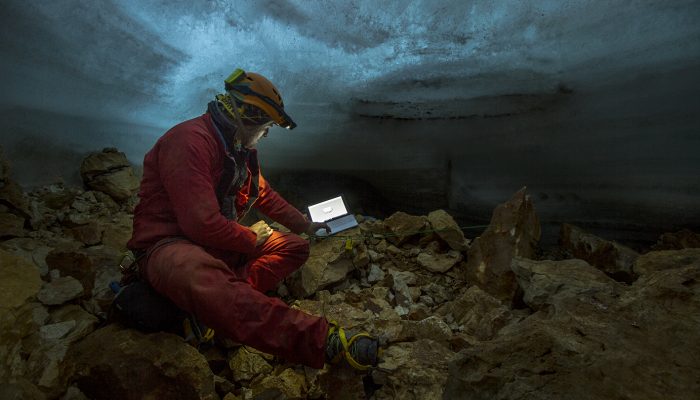In this post, I had the pleasure to interview Paolo Tarolli, a very active member of the EGU community and a brilliant scientist. He is Professor in Water Resources Management and Integrated Watershed Management, and head of Earth Surface Processes and Society research group at the Università degli Studi di Padova (Italy). He has a PhD in Environmental Watershed Management and Geomatics and has wo ...[Read More]
If you didn't find what you was looking for try searching again.
GeoLog
Making a poster or PICO presentation: top tips from the Outstanding Student Poster and PICO (OSPP) Award judges
Every year at the General Assembly hundreds of students present their research at the conference with a lot of time and effort going into preparing these presentations. With the aim to further improve the overall quality of poster presentations and more importantly, to encourage early career scientists to present their work in the form of a poster, the OSP Awards (as they were formerly known), wer ...[Read More]
Geology for Global Development
The ethical questions behind the school climate strike. Do we have a place in earth’s ecosystems? Jesse Zondervan’s February 2019 #GfGDpicks #SciComm
Each month, Jesse Zondervan picks his favourite posts from geoscience and development blogs/news which cover the geology for global development interest. This month’s picks include: The ethical questions behind the school climate strike; Military worries about the fight against sea-level rise – how will you help? Do we have a place in earth’s ecosystems? School climate strikes As school clim ...[Read More]
GeoLog
Make your EGU 2019 experience more environmentally friendly
The annual EGU General Assembly, the largest geoscience conference in Europe, attracts more than 15,000 attendees to Vienna, Austria every year. With such a large number of participants, many flying to the Austrian capital to attend, the meeting has a large environmental impact. Given this, the EGU is implementing a number of initiatives towards minimising the General Assembly’s carbon footprint. ...[Read More]
Tectonics and Structural Geology
Meeting Plate Tectonics – Anne Davaille
These blogposts present interviews with outstanding scientists that bloomed and shape the theory that revolutionised Earth Sciences — Plate Tectonics. Get to know them, learn from their experience, discover the pieces of advice they share and find out where the newest challenges lie! Meeting Anne Davaille Anne Davaille majored in Physics and continued with a PhD in Theoretical Physics of Fluids, j ...[Read More]
Tectonics and Structural Geology
Minds over Methods: Mineral reactions in the lab
Mineral reactions in the lab André Niemeijer, Assistant Professor, Department of Earth Sciences at Utrecht University, the Netherlands In this blogpost we will go on a tour of the High Pressure and Temperature (HPT) Laboratory at Utrecht University and learn about some of the interesting science done there. André’s main interest is fault friction and all the various processes that are invol ...[Read More]
GeoLog
Imaggeo on Mondays: Patterns in the peatland
This magnificent pattern is the result of hundreds and hundreds of years of evolution. In this structured minerotrophic peatland in Northern Quebec (Canada), which can also be called a string fen or aapa mire, the green peat ridges (or strings) alternate with water-filled hollows (or flarks). Often flarks are replaced by ponds, which vary in number and size. This pattern of strings and flarks (or ...[Read More]
Geodynamics
Conferences: Secret PhD Drivers
Conferences are an integral part of a PhD. They are the forum for spreading the word about the newest science and developing professional relationships. But as a PhD student they are more likely to be a source of palpitations and sweaty palms. This week Kiran Chotalia writes about her personal experience on conferences, and lessons learnt over the years. My PhD is a part of the Deep Volatiles Cons ...[Read More]
Cryospheric Sciences
The hidden part of the cryosphere – Ice in caves
The cryosphere can be found in various places in many forms and shapes… in the atmosphere, on land and sea. A lesser known part of the cryosphere is hidden deep in the dark, in the cold-karstic areas of the planet: Ice caves! The ongoing climate change affecting ice all over the world is now rapidly melting these hidden ice masses as well. We therefore need to hurry up and try to collect as ...[Read More]
GeoLog
EGU 2019: Getting to Vienna, getting to sleep and getting to know the city
With the conference only a few weeks away here is a brief, and by no means comprehensive, introduction of how to get to Vienna and what to do when you’re there! Getting here Vienna’s International Airport is served by many of the major European airlines. If you would like to consider reaching Vienna by train or bus you’ll find more information on the General Assembly website. Since 2018, the EGU g ...[Read More]










